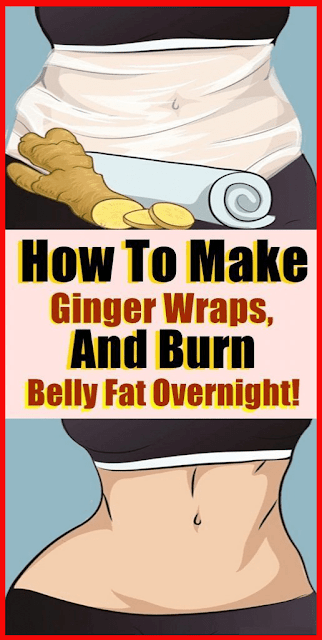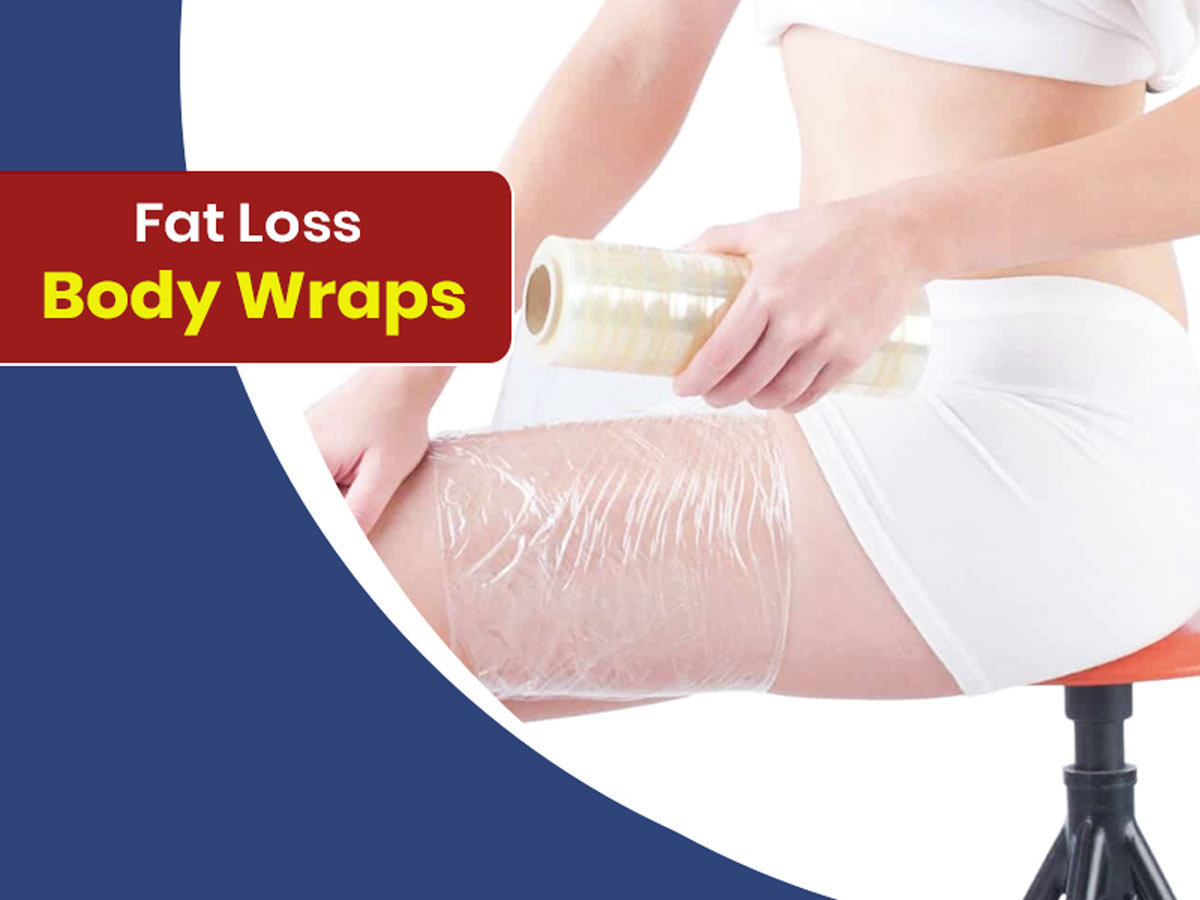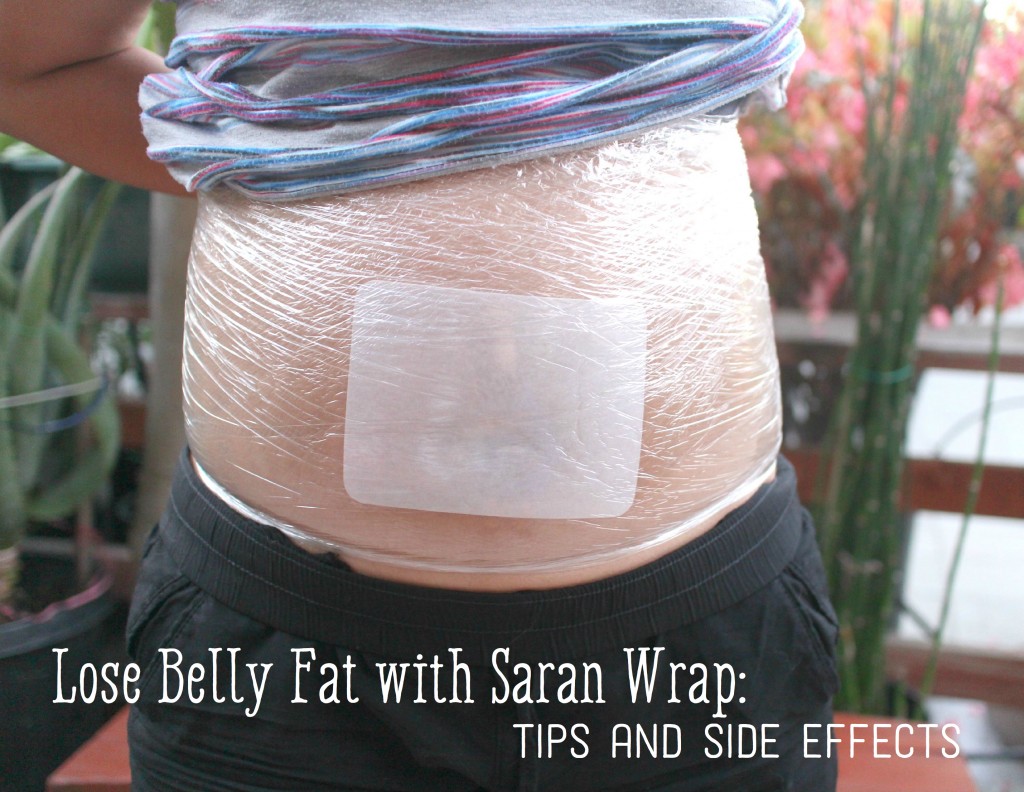Lose Belly Fat Overnight With Plastic Wrap

Imagine waking up, stepping on the scale, and seeing a noticeably slimmer waistline staring back at you. It sounds like a dream, doesn’t it? The quest for a flatter stomach is as old as time, and the internet is awash with quick-fix solutions promising instant results. But amidst the sea of questionable advice, one method has been making waves: using plastic wrap to supposedly melt away belly fat overnight.
While the idea of effortlessly shedding inches while you sleep is incredibly appealing, experts caution that wrapping your midsection in plastic wrap isn't a magic bullet for weight loss. This article explores the truth behind this trend, examining what it can and cannot do for your body, and highlighting safer, more sustainable ways to achieve your fitness goals.
The Plastic Wrap Promise: Sweat it Out?
The premise behind the plastic wrap method is simple: wrap your stomach tightly with plastic wrap, often after applying a cream or lotion, and leave it on overnight. Proponents claim this creates a sauna-like effect, causing you to sweat more and, in turn, lose water weight around your midsection.
It's true that increased sweating can lead to a temporary decrease in weight. However, this weight loss is purely from fluid loss and has no impact on actual fat reduction. As Dr. Sarah Brewer, a registered nutritionist, explains, "Water weight fluctuates throughout the day, and any weight lost through sweating will quickly return once you rehydrate."
What the Experts Say
The general consensus among medical professionals and fitness experts is that plastic wrap for weight loss is ineffective and potentially harmful. Dehydration is a significant concern, as excessive sweating without proper hydration can lead to dizziness, headaches, and even more serious health complications.
According to the American Council on Exercise (ACE), "There is no evidence to support the claim that wrapping your stomach in plastic wrap will help you lose fat." ACE emphasizes the importance of a balanced diet and regular exercise for sustainable and healthy weight management.
Beyond the Wrap: Sustainable Solutions
So, if plastic wrap isn't the answer, what are some effective ways to reduce belly fat? The tried-and-true methods remain the most reliable.
First and foremost is a healthy diet. Focus on whole, unprocessed foods, including plenty of fruits, vegetables, lean protein, and whole grains. Reducing your intake of sugary drinks, processed snacks, and unhealthy fats is crucial.
Regular exercise is another essential component. Combining cardiovascular exercise, like running or swimming, with strength training helps burn calories and build muscle mass, which in turn boosts your metabolism. Consistency is key!
Stress management also plays a vital role. High stress levels can lead to increased cortisol production, which can contribute to fat storage around the abdomen. Finding healthy ways to manage stress, such as yoga, meditation, or spending time in nature, can be beneficial.
The Bottom Line
While the lure of a quick fix is undeniable, when it comes to reducing belly fat, there are no shortcuts. Plastic wrap may temporarily reduce water weight, but it won't lead to lasting fat loss and may even pose health risks.
The path to a healthier and fitter you requires dedication, consistency, and a focus on sustainable lifestyle changes. Embrace a balanced diet, regular exercise, and effective stress management techniques, and you'll be well on your way to achieving your goals in a safe and healthy way. Remember, true and lasting results come from within, not from a roll of plastic.


















